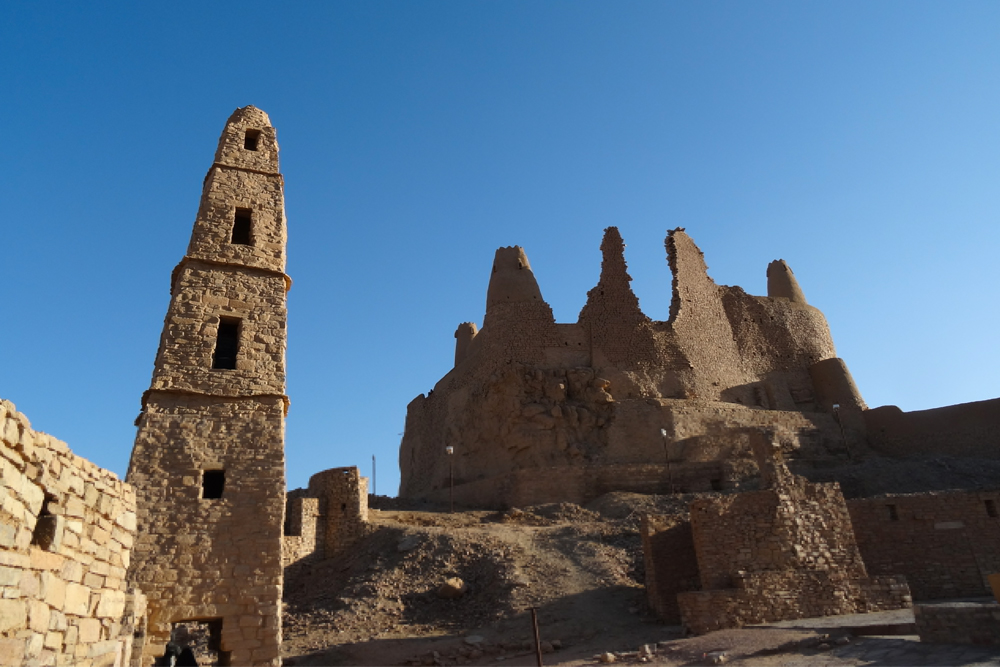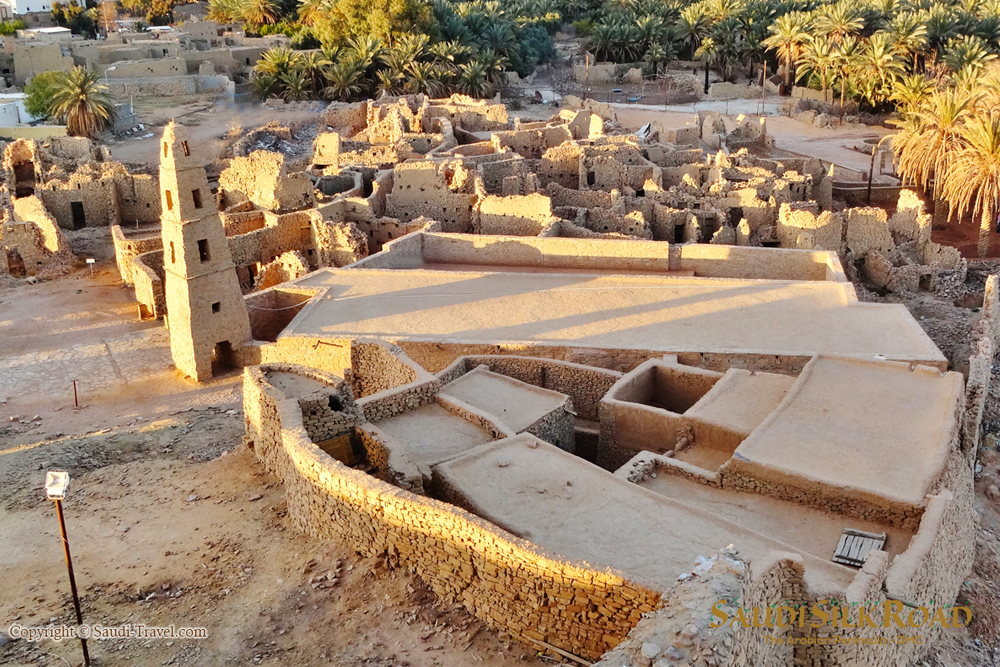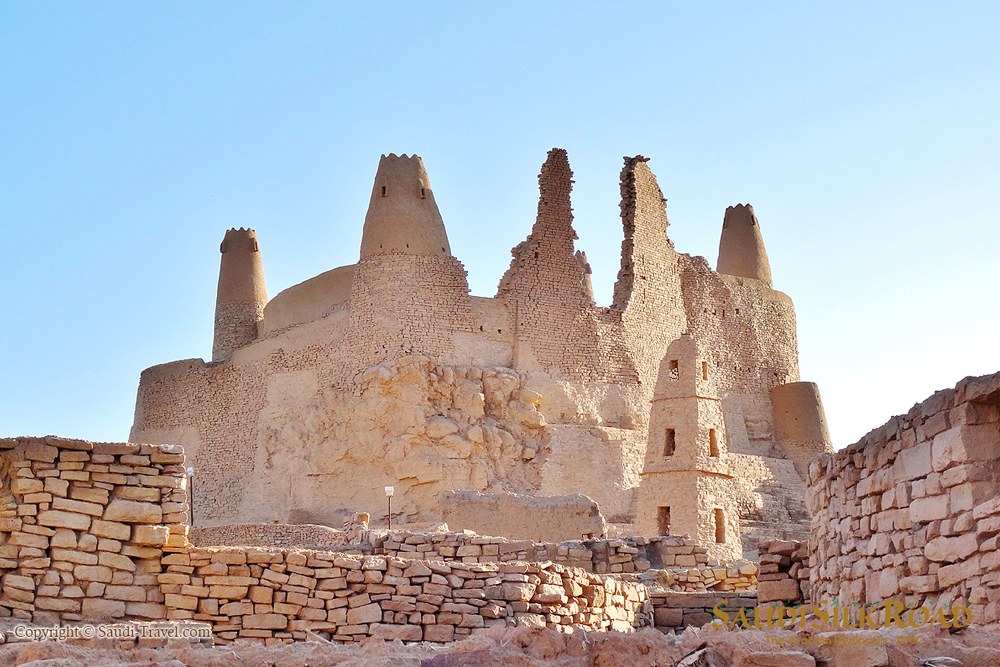
When you look at the northern regions of Saudi Arabia, and neighboring Jordan, you may probably know the area for its fascinating ancient structures, but also one of the oldest Arab civilizations in existence. This includes the ancient city of Dumat Al-Jandal, which literally means “Dumah of the Stone.” Dumah was one of the twelve sons of Ishmael, hence making it to some a biblical city. It was also referred to as “Adummatu” in the ancient Akkadian language, a now extinct Semitic language, and even considered the capital city of an Arab kingdom at the time as “Qedar.”

So, what really is Dumat Al-Jandal? It is, if anything, a city with centuries and layers of rich history worth discovering. Situated some 37 kilometers from Sakakah, which is the capital city of Saudi Arabia’s Al Jawf Province, the city was famous for being a strategic center of trading routes to and from the Arabian Peninsula. This made it a known port to traders from that region, but also Mesopotamia and Assyria. The city is also located in an oasis, with its people at the time capable of extracting water via Qanat, a well and underground tunnel system.
Dumat Al-Jandal had also witnessed various conquests and change in power throughout the centuries. Formerly part of the Nabatiean Dynasty, incorporated into the Roman Empire in AD 106 and remained part of the Limes Arabicus (a desert frontier of the Roman Empire) for four centuries. After that, it became part of the Islamic Empire following raids led by the Prophet Muhammad.

Today, Dumat Al-Jandal remains abandoned, but it now serves as a popular tourism destination. In fact, it is best known for ancient structures such as Qasr Marid, an ancient castle dating back to the Nabatean era, and Omar Mosque. Al Dar’i Quarter, which is between the two ancient structures, represents the old quarter of the ancient city dating back to the middle of the Islamic era. If you ever want to visit this historical site, it’s not too far off from Al Jawf Museum of Archeology and Folklore.


















